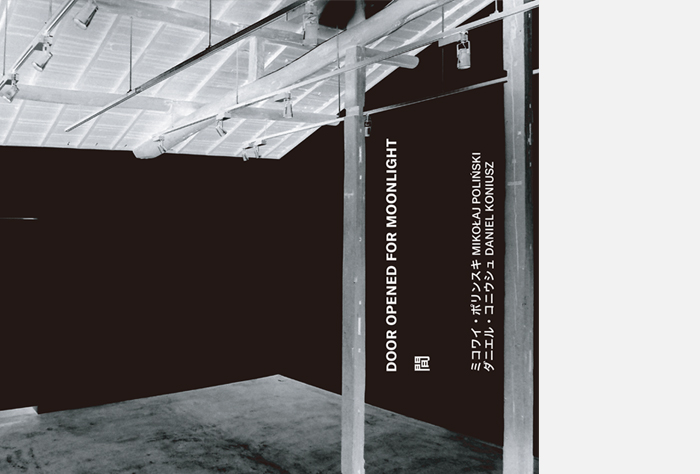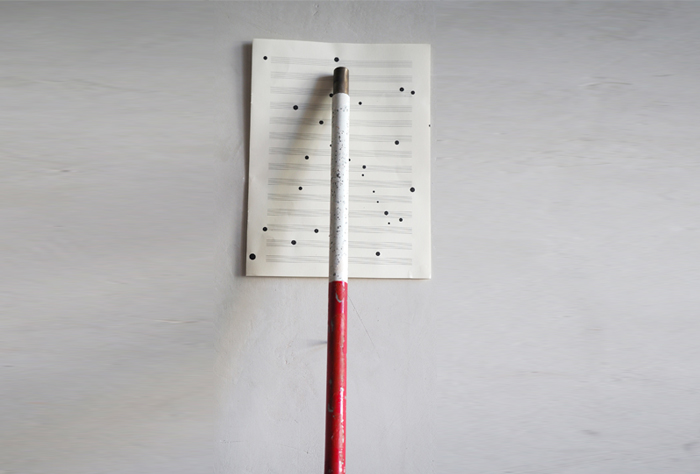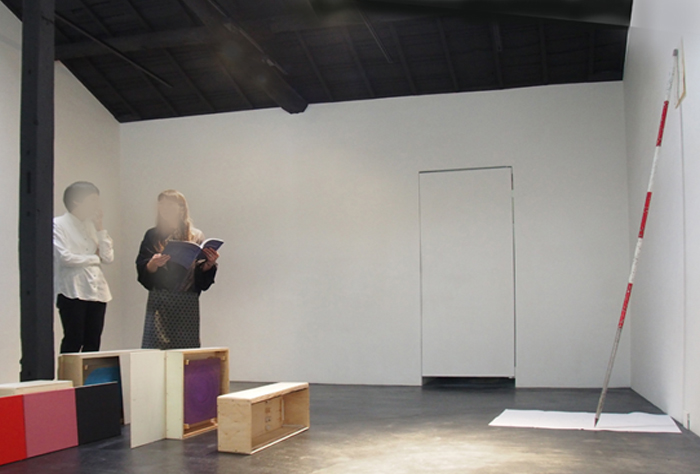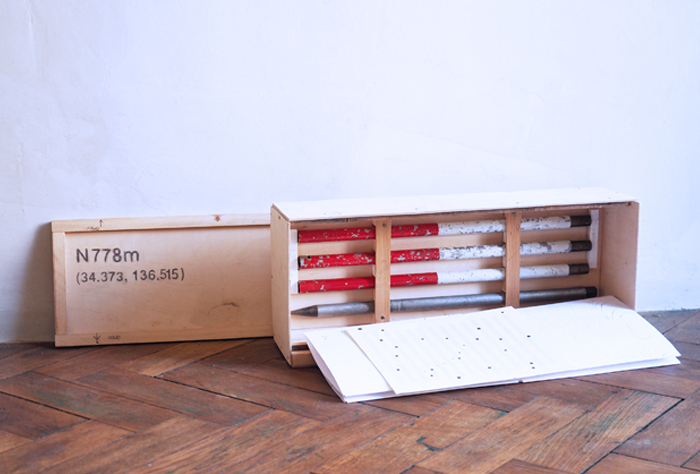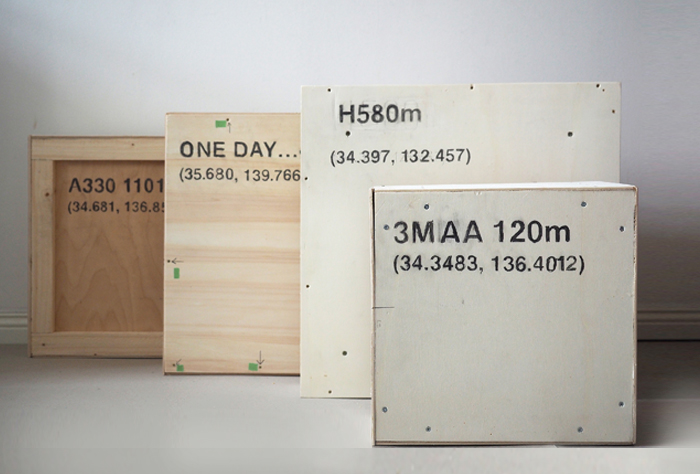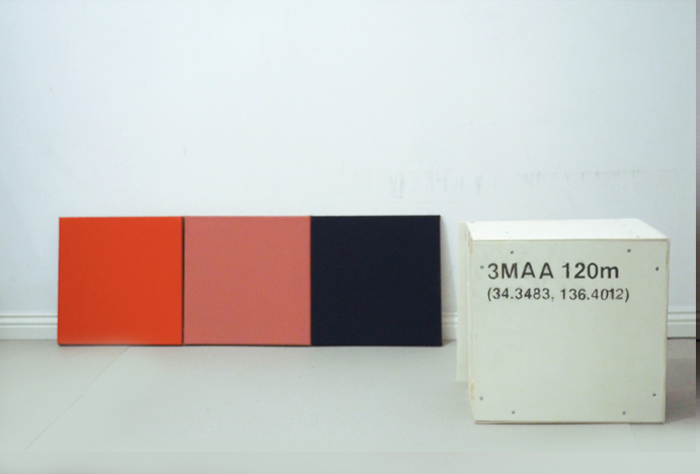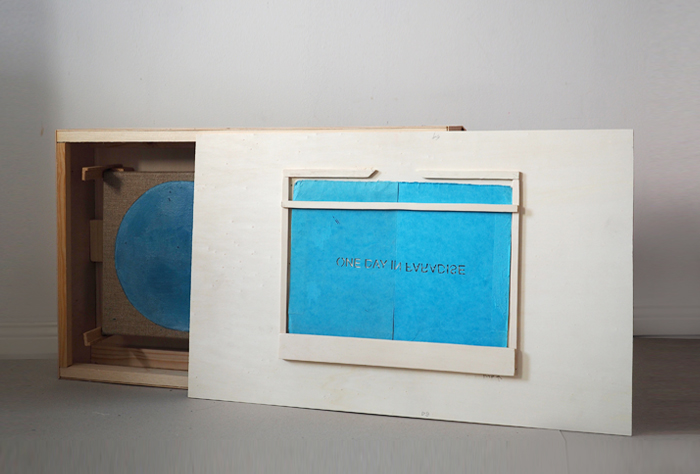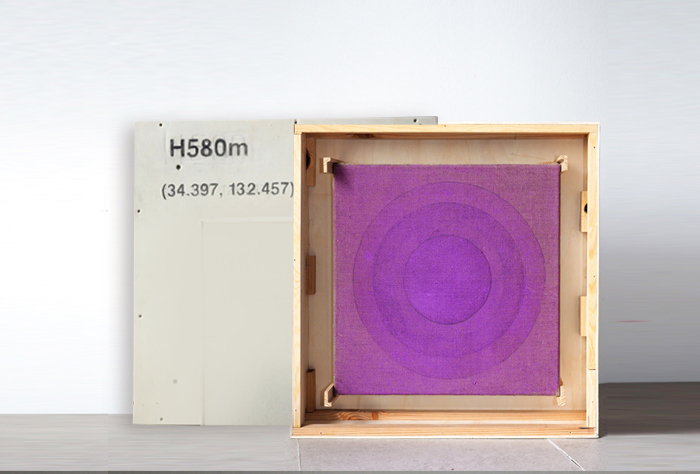ARCHIVE no.39
100th Anniversary of Japan-Poland diplomatic relations
DOOR OPENED FOR MOONLIGHT-間
Mikołaj Poliński, Daniel Koniusz
2019
DM back side ▶︎
TALK EVENT
10/05(土) PM4〜
Polish contemporary art scenes
speaker
Akiko Kasuya
(Professor of Kyoto City University of Arts, Culator of Poland Japan Contemporary Art Exhibition 2019 CELEBRATION)
Entrance fee 500yen
Booking required +1art(gal@plus1art.jp) capacity 20 pepole
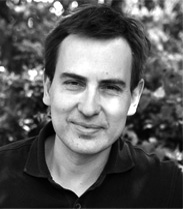
Mikołaj Poliński
DOOR OPENED FOR MOONLIGHT- 間
n direct translation, the Japanese word “ma” means in-between, a negative space, a break, apause. Nevertheless, it is primarily one of the key aesthetic concepts of
Japanese culture. The idea of “ma” doesn’t have its equivalent in Western languages, and the most accurate seem tobe the references by way of analogy or certain metaphors.
Isaac Stern wrote about the construction of musical piece : “this small fragment in-between the notes – silence that gives a form … The Japanese for this interval have the word 《ma》, which shapes the whole.” Similarly, in visual arts it is about space in-between objects of the system that gives meaning to the wholeness, or otherwise, the light between the elements of composition that gives structure to the work of art.
The analysis of the character kanji (間) is also intriguing. It consists of two elements:“door” (門) and “sun” (日), previously also “moon”(月), which can be interpreted as “DOOR OPENED FOR MOONLIGHT.”
Together with Daniel Koniusz, thinking about the exhibition space +1art in Osaka, we focused on the space “between” the pieces. During one of the conversation Daniel became particularly intrigued by “the cut in matter of the works (or lack of it), the cut understood physically or metaphorically.” For our research, theconversation has become important, an opening up to the process allowing the use of aleatoric elements (i.e. fragments of works that may be modified while affected by talking and listening to the environment). This conversationis inspired by notations, reflections, and memories of our previous visits to Japan.
Our works are built with found objects, sound, paintings, and drawings. They are about to create, physically and imaginatively, a peculiar interval of space, the area “in-between”which will give the meaning to the whole. Somewhat, this intention in its assumption is utopian. To what extent can we relate“our” experience of “in-between” to Japanese “ma”? Does this space expand itself as well into a certain “gap” between context of Japanese and Polish languages?
The implementation of works at the interface of such different cultures and languages makes, after translation, what specified and material in one language - a negative space in another.
Mikołaj Poliński
Born 1977, Poznan. Graduated from the University of Arts in Poznan and studied at the Universität der Künste in BerlinWorks in the fields of painting, drawing and installation and is concerned with the relationship between the visual arts, music and sound. Professor at the University of Arts in Poznan.
Selected Exhibitions
"19 Shades of Grey" (Galeria MuzalewskaPoznan, 2019), "5 movements" (+1art, Osaka, 2018), "Utopia Pavilion - Ise" (Contemporary Art Museum Ise, 2015), Alternative Views, (Haus am Lützowplatz Berlin, 2015), "Beyond Corrupted
Eye" (Zacheta – National Gallery of Art in Warsaw, 2012)

Daniel Koniusz
Born in 1985 and based in Poznan, Graduated from the Academy of Fine Arts in Poznan in 2012. He holds a doctorate from thesame university. His practice mainly focuses on audiovisual work.
He is currently the head of media art at the University of Arts in Poznan, where he established the soundstudio Audiosfera. He employs a range of media such as sound, architecture, photography, and sculpture to create installations focused on patterns of economic communication, contemporary narration, and forms of interpersonal communication as well aslanguage and semantics.
Selected Exhibitions
“Anti-Static”(The National Museum in Poznan, 2018), “Award of the Vordemberge-Gildewart Foundation 2018” (Museum of Contemporary Art in Krakow, 2018),“The Silence of Sounds” (Wrocław Contemporary Museum, 2016), “Alternative Views” (Haus am Lützowplatz, Berlin, 2015, “Celebrations” (Kyoto Art Center, Nijo-jo Castle, The Terminal Kyoto, 2019)
S![]() suported by Adam Mickiewicz Institute
suported by Adam Mickiewicz Institute
![]() Polish Cultural Institute in Tokyo
Polish Cultural Institute in Tokyo
©️ +1 art
